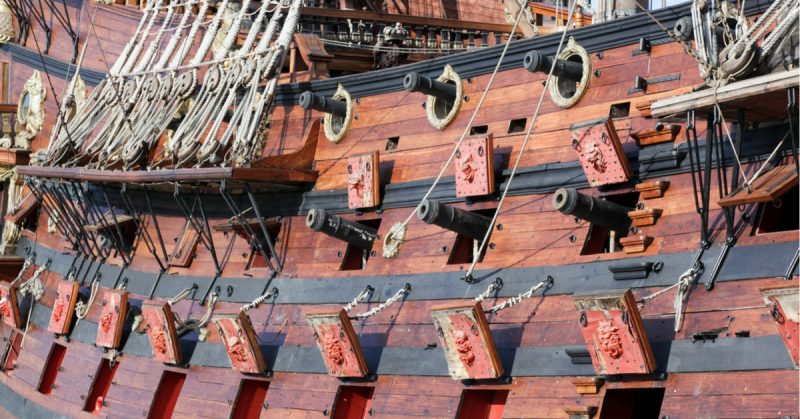The Spanish Armada was one of the most ambitious endeavors in military history. In 1588, King Philip II of Spain sent a vast fleet to invade England, one of his great international rivals. Tens of thousands of men squeezed aboard scores of ships and set sail for war. Their aim was to conquer the kingdom then ruled by Queen Elizabeth I.
What motivated Philip to this risky campaign?
Religious Divisions
One of the great divisions between Spain and England concerned religion. Since the start of the 16th century, Europe had been increasingly divided into two groups of Christians: traditional Catholics and reforming Protestants. Spain and England were on opposite sides of this divide.
Elizabeth I’s father, King Henry VIII, had established the English Reformation, removing the Church of England from the authority of the Catholic Pope in Rome. Under the reign of her brother, King Edward VI, England became a Protestant country. Though Queen Mary I, Elizabeth’s older sister, had tried to turn the country back to Catholicism, she had failed.
The two countries were thus left on opposing sides of the greatest political and religious division of the age.
A Right to the Throne
One reason for Philip’s focus on the English throne was that he had already held it once. As the husband of Mary I, he had been King of England and had seen the opportunity to bring the country into his Catholic empire. When Mary died without leaving a child, the throne reverted to Elizabeth, and Philip’s chance was lost. However, he was left with a sense of entitlement to the English crown.
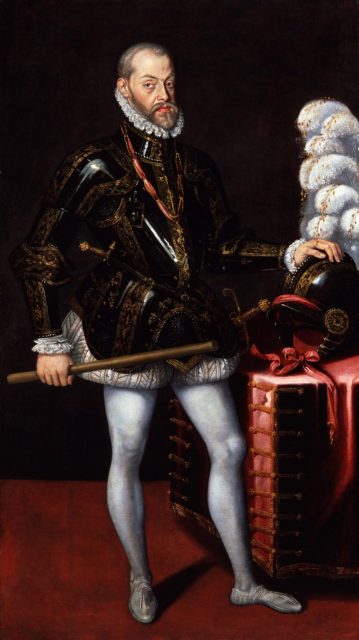
The Death of Mary, Queen of Scots
By the 18th of February 1587, Philip was already making plans for his invasion. But an event that day set the seal upon the scheme.
Mary Queen of Scots had been the best contender to claim the throne of England in the event of the childless Elizabeth’s death. As a Catholic, she posed a threat to the Protestant establishment and had been imprisoned by Elizabeth. Spies encouraged a plot around Mary and created evidence that she was scheming against Elizabeth, all of which led to Mary’s execution on that cold February day.
With Mary gone, only conquest could now put a Catholic on the English throne.
The English Character
Philip’s determination to bring the English to heel was driven in part by continental views of the English character. The English had long been viewed as violent and reckless. Their nation’s vacillation between Catholicism and Protestantism convinced European Catholics that the English were faithless and fickle. They clearly could not be trusted with their own government, never mind their souls.
Piracy
This image of the English as untrustworthy and violent was reinforced by their tendency towards piracy. Elizabeth encouraged privateers – state-licensed pirates – to raid Spanish ports and ships. Sir Francis Drake’s plundering of Spanish colonies in 1585 and his raid on Cadiz in 1587 were arguably the most brazen actions in what was effectively an undeclared war, the spoils of which filled the English treasury at Spain’s expense. Philip had to do something to stop the attacks.
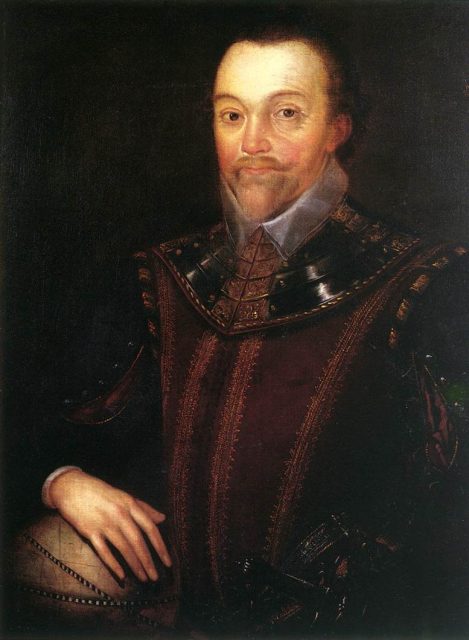
16th century, oil on canvas, by Marcus Gheeraerts the Younger
American Colonies
The English also threatened Spain’s wealth and power in other ways. Much of the New World was governed by Spain, but now the English were trying to establish colonies there. If they succeeded, then Spain’s monopoly on the wealth coming from the Americas would be critically undermined.
The Portuguese Pretender
Following the Portuguese succession crisis of 1580, Philip laid claim to Portugal, taking control by force of arms. Dom Antonio, the pretender to the Portuguese throne, fled to England, where he was welcomed by Elizabeth. She supported Dom Antonio in his resistance to Philip, including an attack on the strategically important Azores in 1581-2. It was one more act of antagonism by the English against Spain.
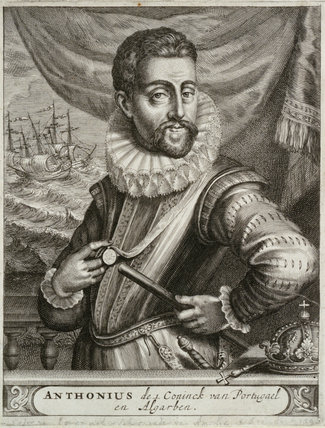
To Reconquer the Netherlands
At the time, the Netherlands were part of the Spanish Empire. But since 1566, the region had been in revolt against Philip. Dutch citizens, many of them Protestant, resented rule by a foreign, Catholic monarch.
Though much of the Netherlands was retaken by the Spanish during the years 1578 to 1588, a significant part still held out, including the powerful port of Amsterdam. English support helped to keep the revolt alive, through the provision of men and money, as well as by attacking Spanish shipping off the Dutch coast. Conquering England would help Philip complete the reconquest of the Netherlands.
Southern Threats
From 1584 onward, the English made a concerted effort to forge an alliance with Turkey and Fez-Morocco. Such an alliance could attack the Spanish from both sides. It was a strategic threat, but for many Spaniards, it was much more than that.
England’s alliance with Muslim powers seemed particularly vile to the Spanish. Their nation had been united through a generations-long fight to assert Christian supremacy over Muslim parts of Spain. This campaign of reconquest had only been completed less than a century before. The threat of an English-inspired Muslim invasion struck fear into the hearts of Spaniards taught to view Muslims as cruel and blasphemous barbarians.
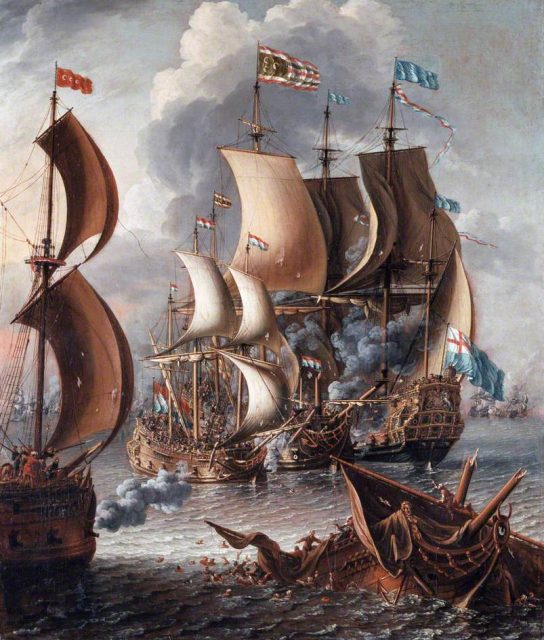
The French Question
Spain’s diplomatic hazards were made worse by the uncertainty of events in neighboring France.
France was one of the other great powers of Europe, and like Spain, it veered between friendship and rivalry with England. Though the majority of the French were Catholics, there was a significant Protestant minority, the Huguenots, with serious influence at court. The country’s religious and diplomatic policies swayed back and forth as factions vied for control, ranging from supporting Protestants abroad to persecuting them at home.
For Philip, this meant that at any moment France might ally with England against him or conquer the island and so usurp his claim. Too much was at stake to leave things up to the shifting French moods.
A Passion for Ideal War
Philip clearly had many reasons to attack England, but his decision to do so was ultimately shaped by the ideal of righteous war. Thinkers of the period idealized fighting in the name of a good cause. And so Philip decided to live up to that ideal, by invading a dangerous and blasphemous nation, to bring it back to lawfulness and to God.
It was a decision that would lead to disaster, for him and for his fleet.
